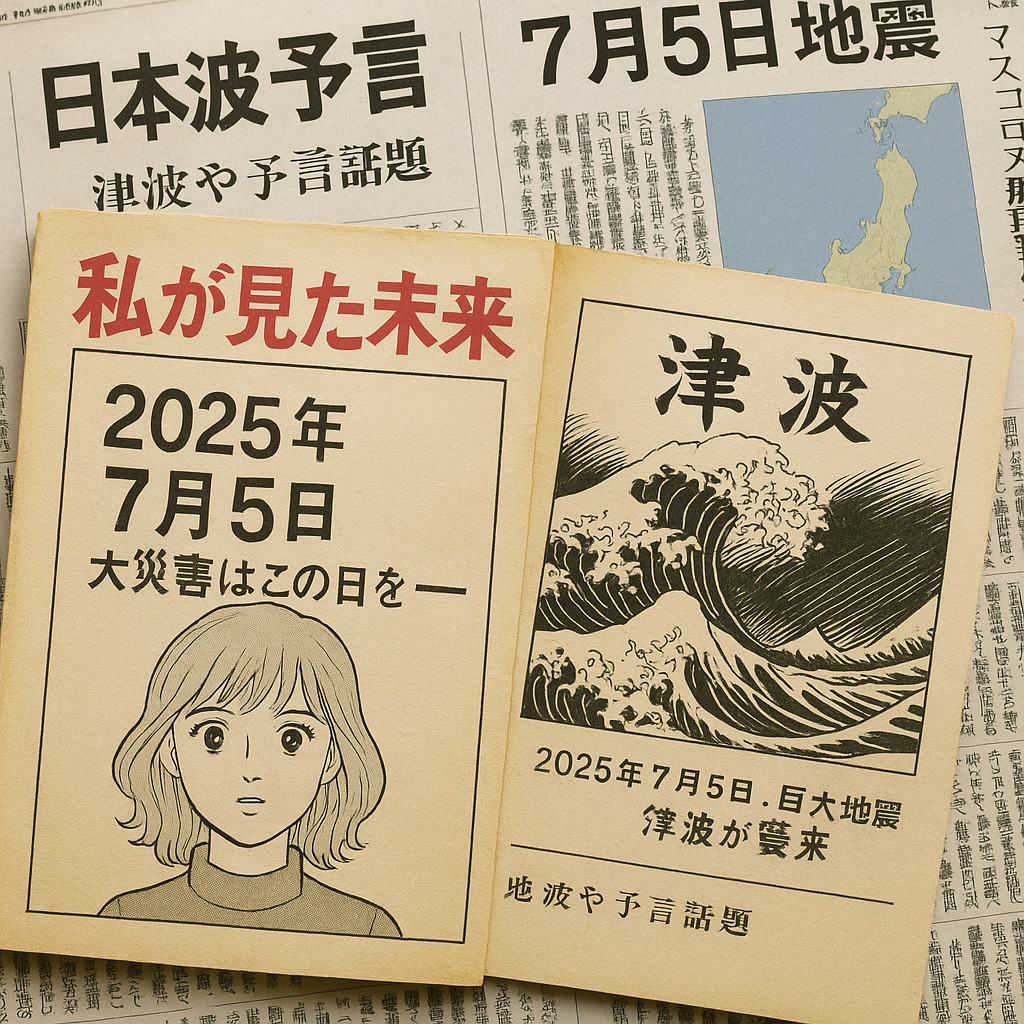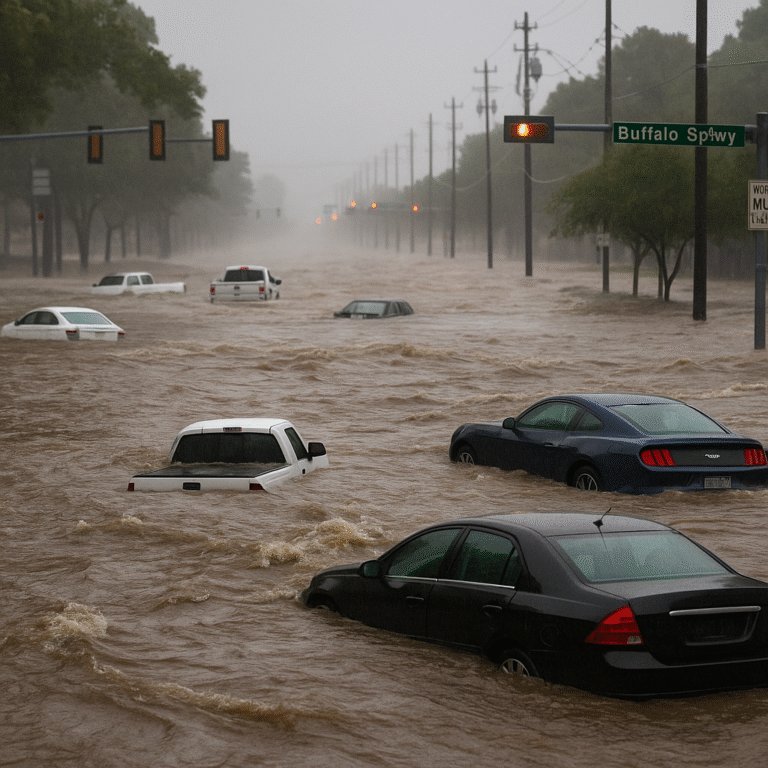
Controversial “Prediction” by Manga Artist Ryo Tatsuki Sparks Widespread Concern Across Japan
Tokyo, Japan — July 5, 2025: A wave of anxiety swept across Japan today as social media lit up with discussions around a predicted major earthquake and tsunami, allegedly forecasted years ago by Japanese manga artist Ryo Tatsuki. Despite reassurances from seismic experts and government authorities, the prediction has stirred public fear, fueled by a rising interest in natural disaster preparedness and speculative prophecies.
The Source of the Prediction
At the center of the storm is Ryo Tatsuki, a lesser-known manga creator whose 1999 publication titled The Future I Saw (Watashi ga Mita Mirai) has gained renewed attention in recent years. The book, which documents a series of dreams and visions Tatsuki claimed to have about future events, resurfaced after it appeared to correctly predict several global incidents, including the 2011 Great East Japan Earthquake.
One particular entry has gone viral: a dream allegedly dated July 5, 2025, which suggests a “mega earthquake followed by a tsunami” striking the Japanese archipelago. Social media users and amateur analysts have been circulating scans from the manga alongside clips of past interviews, forming conspiracy theories and countdowns to the anticipated event.
Japan’s Earthquake Preparedness Culture
Japan sits atop four tectonic plates and is one of the most seismically active countries in the world. Earthquakes are a part of daily life in the country, and over the decades, the Japanese government has heavily invested in disaster mitigation systems, early warning alerts, and public education campaigns.
The Japan Meteorological Agency (JMA) issued a formal statement today addressing the online speculation:
“There is no scientific basis for any earthquake or tsunami prediction on July 5 or in the near term. While seismic activity continues as usual across the Pacific Ring of Fire, no anomalies have been detected that would indicate an impending major event.”
Despite the agency’s reassurance, many citizens have opted to work from home or avoid coastal areas as a precaution. Supermarkets in parts of Tokyo, Osaka, and Yokohama reported surges in the sale of bottled water, emergency rations, and portable power banks.
What Happened Today?
At 2:14 PM JST today, a mild earthquake of magnitude 4.8 was recorded off the coast of Chiba Prefecture. The tremor was felt across parts of the Kanto region, including central Tokyo, but there were no reports of damage or tsunami warnings issued. Officials confirmed the quake was “unrelated to any abnormal seismic patterns” and fell within typical parameters for the region.
Nonetheless, the timing of the quake — occurring on the same date as the alleged prophecy — intensified speculation on social media platforms such as X (formerly Twitter), LINE, and TikTok. Hashtags like #JapanTsunami, #July5Prediction, and #RyoTatsuki trended for most of the day.
Who is Ryo Tatsuki?
Ryo Tatsuki remains a mysterious figure in Japanese pop culture. The manga The Future I Saw was self-published and initially garnered little mainstream attention. Over the years, however, cult interest grew around Tatsuki’s dream diaries, especially after readers pointed out her entries mentioning the March 11, 2011 disaster — described with strikingly accurate detail years before it occurred.
In recent years, various YouTube channels and bloggers have claimed Tatsuki also predicted the COVID-19 pandemic, the 2020 Tokyo Olympics delay, and recent global unrest. However, skeptics argue that the language used in her entries is vague and open to interpretation — a hallmark of so-called “retroactive clairvoyance.”
Scientific Consensus vs Speculation
Seismologists and geologists remain firm in their stance that accurate earthquake prediction is currently impossible. While patterns and probabilities can be analyzed, there is no scientific method to pinpoint the date, time, or exact location of a future earthquake.
Dr. Kenji Saito, a geophysicist at the University of Tokyo, told local media:
“We understand the public’s concern, especially given Japan’s seismic history. But we must separate fiction from fact. Manga and dreams, no matter how compelling, should not be treated as reliable data.”
The government has echoed these sentiments, urging calm and promoting reliance on official alerts and channels such as the J-Alert System, Japan’s nationwide emergency broadcast network.
The Role of Manga and Culture
Japan has a deep cultural relationship with manga, where artists often explore themes of prophecy, catastrophe, and existential reflection. Titles such as Akira, Tokyo Magnitude 8.0, and Japan Sinks have historically played into the public’s psyche about natural disasters and the fragility of modern society.
Tatsuki’s work, though not mainstream, taps into this collective anxiety. Its sudden popularity speaks volumes about the modern age — where viral content can shape perception and even behavior, regardless of scientific legitimacy.
Public Reaction and Precaution
Across Japan today, citizens responded in varied ways to the prediction:
Some schools held emergency drills.
Coastal residents temporarily relocated to inland areas.
Offices issued reminders about evacuation routes and earthquake kits.
Online communities held live countdowns, discussions, and even prayer sessions.
Others used humor and memes to deal with the tension, posting ironic “survival tips” and fake news clips. Despite the light-hearted tone, the phenomenon underscores how deeply disaster awareness is embedded in Japanese society.
Conclusion: Preparedness Over Panic
As the sun sets on July 5, no major seismic event has occurred beyond the mild tremor in Chiba. Still, the collective anxiety brought on by Ryo Tatsuki’s decades-old manga serves as a poignant reminder: in a country as seismically active as Japan, readiness is never wasted.
Authorities continue to advise residents to stay calm but prepared, and to rely solely on scientifically backed information provided by JMA and municipal emergency services.
While predictions and speculative narratives may offer drama and fascination, Japan’s real strength lies in its discipline, infrastructure, and unified approach to disaster response.



